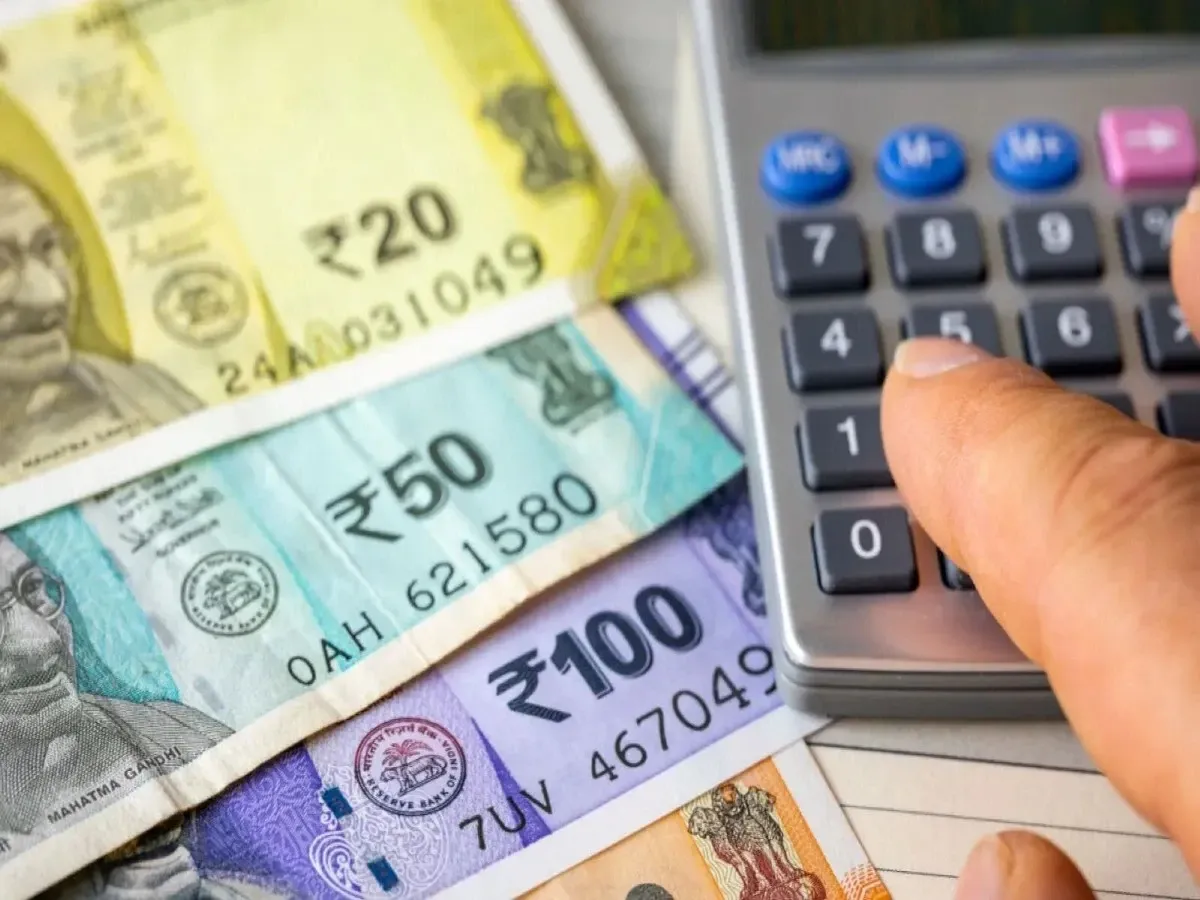Upstox Originals
India’s ₹2 lakh crore forgotten fortune: Are you sitting on unclaimed wealth?

7 min read | Updated on April 01, 2025, 16:53 IST
SUMMARY
India’s unclaimed wealth with the government is nearly three times India’s health budget and double the education budget. But how big is the unclaimed wealth pile? Why does money remain unclaimed? What are the government and financial regulators doing to return this wealth to the investors? And, what can investors do to get this money back? Find all the answers in the article below.

India’s ₹2 lakh crore forgotten fortune: Are you sitting on unclaimed wealth?
Would you ever forget that you had ₹1 crore in your bank account?
No. Right?
How about ₹20,00,00,00,00,000? Nope, the keyboard is not stuck. Those zeros are intended.
But why would anyone want their money locked up?
Well, circumstances, you see!
There are several reasons why investments remain unclaimed:
- Money in a bank account that investors have lost track of
- A fixed deposit once made and then forgotten
- Life insurance benefits that beneficiaries never knew existed
- Insurance policies lapsed and overlooked
- Post office savings left untouched over the years
- Pension funds and retirement benefits unclaimed
- Mutual funds, shares, bonds and dividends that remained unnoticed and uncashed
- Holding on to physical share certificates that have not been converted
- An estate where the rightful heirs are either unknown or have never stepped forward to claim their share
If you put numbers to the unclaimed assets, here’s how it looks:
Ouch!!
But wait, that’s not all.
Further number crunching shows
This means the figure we are talking about today will only grow further.
This clearly indicates that thousands of people are unaware that they or their families might have money waiting to be claimed!
So, the question is…
What happens to these unclaimed funds?
Well, there are various pools created by the government and regulators where unclaimed funds are transferred, depending on the type of investment.
Let’s have a look at them.
Balances in savings and current accounts that remain inoperative for 10 years and term deposits not claimed within 10 years from maturity date are classified as unclaimed deposits. Once declared unclaimed, these funds are transferred by banks to the Depositor Education and Awareness (DEA) Fund, which is managed by RBI.
Investments (stocks, mutual funds, bonds, debentures, etc.) along with corporate benefits and dividends that remain unclaimed for 7 years are transferred to the Investor Education and Protection Fund (IEPF).
Benefits from insurance and post office savings that remain unclaimed for 10 years are transferred to the Senior Citizens’ Welfare Fund (SCWF).
Provident fund contributions that remain unclaimed or inactive for 7 years due to reasons such as job changes, migration, or lack of proper claim filing after retirement are transferred to the Senior Citizens’ Welfare Fund (SCWF).
And that begs the question:
Is there a way to reclaim these funds?
The good news: Yes!
Lately, RBI, SEBI, EFPO and IRDAI are making efforts to ensure that rightful owners or their legal heirs can reclaim their money.
Here’s how!
Government initiatives to return investors' wealth
Starting with the most recent one…
New RBI rule focusing on standardisation
Banks across India (public as well as private) are implementing new RBI guidelines starting from 1st April 2025 to help account holders and their nominees claim ₹78,213 crore lying as unclaimed deposits.
Banks will now display details of unclaimed deposits on their websites, including account holder information along with a search feature for the public to check for unclaimed funds.
Banks will also introduce a standardised format with uniform application and declaration forms along with a uniform set of documents required to recover unclaimed deposits.
Under this new simplified process, all you need to do is key in your basic personal information, such as your name, mobile number, and address and the respective bank branch will verify the details and there you have your claim processed.
Simple, fast, and transparent! That’s a big deal!
We can expect the online retrieval mechanism to be fully operationalised by FY 25-26.
RBI's UDGAM portal
In 2023, RBI launched the UDGAM portal (Unclaimed Deposits – Gateway to Access Information) which is like a centralised platform where you can check for unclaimed deposits under your name across multiple banks.
And you will have your unclaimed deposit search results.
But it comes with a catch. You can only search for unclaimed deposits on this portal. The claim process is not online. To claim funds, you need to visit the respective bank branch.
Other measures
In August 2024, the government introduced the Banking Laws (Amendment) Bill to simplify the process of reclaiming unclaimed funds by increasing the number of nominees allowed per bank account to 4 from the previous limit of 1. This ensures more people can access funds in the event of the death of an account holder.
In addition to these initiatives, RBI and banks regularly conduct public awareness campaigns to educate people on keeping their accounts active and encourage them to check their unclaimed funds through the UDGAM portal and claim them.
That’s not all!
EPFO, IRDAI and other government agencies are making efforts to simplify and expedite claim processes. Besides, banks are proactively contacting customers with dormant accounts before declaring them unclaimed.
Yet, the irony is that…
Despite these efforts, the problem persists.
People are unaware of their lost wealth. The blame also goes to the lack of public data on unclaimed funds, especially from insurance, mutual funds etc.
Among the key challenges are inconsistent processes for nomination, lack of standard operating procedures, poor searchability of data, and lack of knowledge.
Not to forget the cumbersome claim processes which discourage people from claiming their money or lead to unreasonable delays in settlement of claims.
Way forward
Urgent systemic reforms are the need of the hour.
Technology can simplify a lot of these issues. There is a need for a unified, tech-based platform for accessing information across all financial assets. UDGAM only lists unclaimed deposits, not other financial assets.
Much needs to be done to streamline the process for eligible beneficiaries to redeem their unclaimed assets. Stakeholders must work on establishing clear SOPs and acceptable documents for asset claims.
There is also a need for legal reforms to simplify succession and inheritance processes.
The recent efforts made by the government are no doubt commendable. But these efforts merely lay the groundwork for much of the work that needs to be done.
For now, we can only pin our hopes on the government and regulators to take action to address the issue of staggeringly large unclaimed funds of ₹2 lakh crore or more.
And, you dear readers: Don't let your unclaimed investments stay unclaimed; take action today and reclaim what's rightfully yours.
By signing up you agree to Upstox’s Terms & Conditions
About The Author
Next Story
